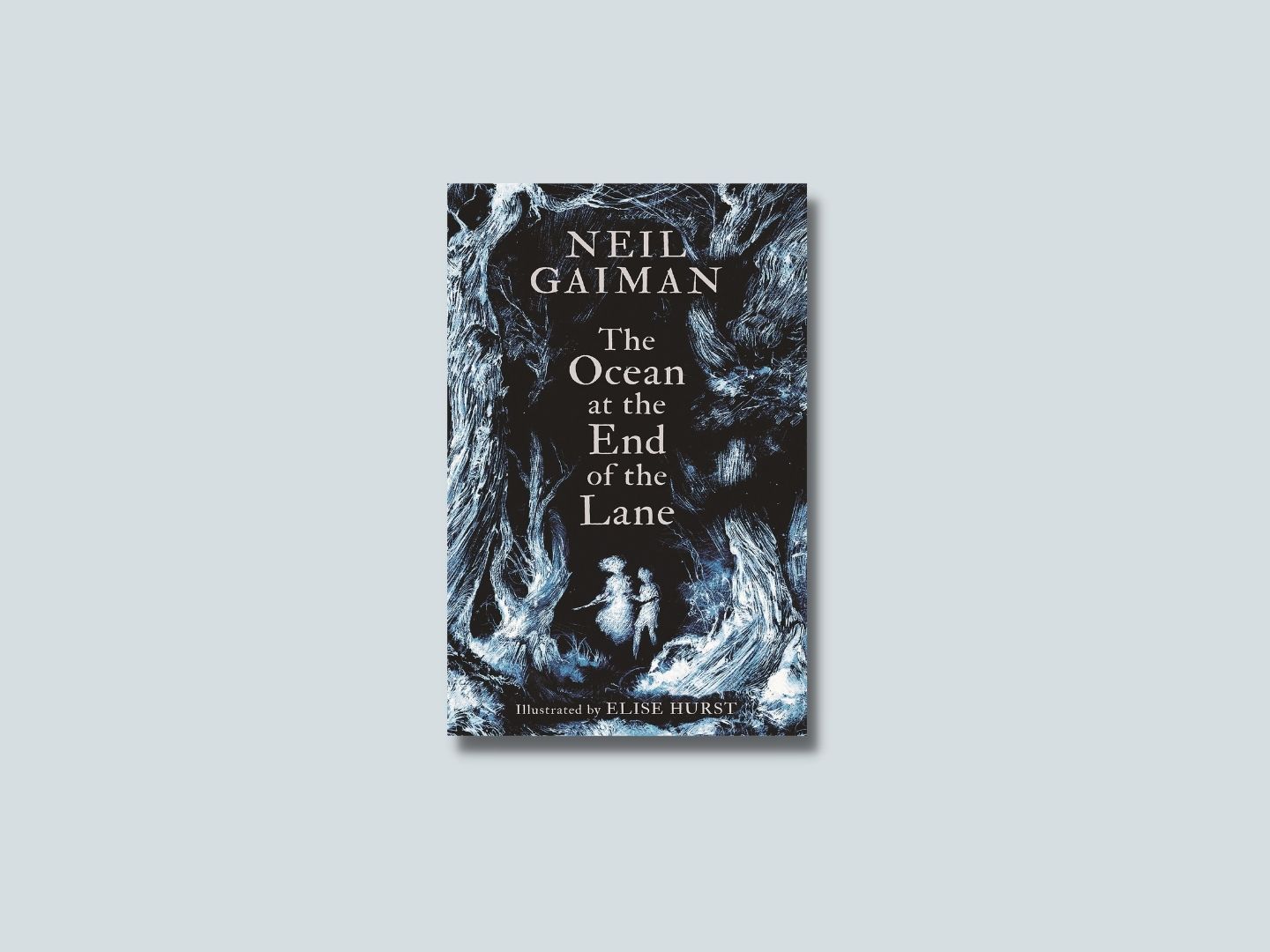
The recently reissued special illustrated edition pairs Gaiman’s master storytelling with renowned fine artist Elise Hurst’s pen and ink illustrations (Photo: Headline Books)
A return to childhood best sums up The Ocean at the End of the Lane. It is a return to past memories told from the perspective of a nameless seven-year-old narrator. A far cry from the nostalgia and romanticism often associated with the past, this is instead a painful recollection of youth, sometimes filled with bitterness best left undisturbed. But it is also a magical tale, filled with strange yet wondrous phenomena and people, where ancient beings are awakened and reality and the absurd intersect to form a story that is perhaps a little bit more than just a mere tale from childhood.
For the uninitiated, Neil Gaiman is, to a degree, a rockstar in the world of contemporary literature. If you have never read any of his works before, chances are you would have seen or stumbled upon a number of his works adapted for film and TV, such as Stardust, Coraline, American Gods, and Good Omens (which he wrote with Terry Pratchett). He has authored many acclaimed novels across various genres, but what truly launched him to prominence was his 1989 comic series, The Sandman — a dark fantasy series that has achieved cult classic status, thanks to its unconventional blending of history, myth and legends (a theme that pervades his oeuvre) to create an overarching story that is uniquely Gaiman’s.
The Ocean at the End of the Lane was first published in 2013 and was Gaiman’s return to adult novels after almost a decade. If you have read the novel before, then now is the best time for a reread. The recently reissued special illustrated edition pairs Gaiman’s master storytelling with renowned fine artist Elise Hurst’s pen and ink illustrations. The Melbourne-based artist took herself on a research trip to Sussex, England, where the story is based, to create compelling artwork, providing an element to the story that would hook readers in once again.
Hurst’s illustrations sometimes serve as a wonderful backdrop to the story, but more often than not, act as a visual narration as well. They are dark, with indescribable outlines, where shadowy and indiscernible ghostly figures seem to peer from the pages. Wispy tendrils of smoke stretch from one page to another, and dark waves of water — reflective of the depths of the ocean — seem to flow and gather, as though in constant motion. For dramatic effect where moments of great tension and suspense follow, the artist’s drawings seem to jump with a ferocity and subtle animation that only ink can achieve on paper — the calm before the storm so to speak. Oftentimes ephemeral but thematic, the illustrations would ground themselves into the mind’s eye — shadows to remind us of nightmarish creatures from childhood, landscapes of waves cresting against the vast sky of an otherworldly world remain surreal.
But enough about the art, it is the narrative that informs us of what is central and important. The story kick-starts with a nameless narrator who returns to his childhood home in the English countryside for a funeral. He revisits the house at the end of the lane, the Hempstock’s house, where his childhood friend, Lettie Hempstock, once resided. “I had been here, hadn’t I, a long time ago? I was sure I had. Childhood memories are sometimes covered and obscured beneath the things that come later, like childhood toys forgotten at the bottom of a crammed adult closet, but they are never lost for good.” And indeed, there, as he stares into the duckpond behind her house, the pond that she fondly called her “ocean”, where all knowledge lies, everything comes flooding back. “Standing in that hallway, it was all coming back to me. Memories were waiting at the edges of things, beckoning to me.”
That one summer break when he faces an ancient malevolent being who goes by the name of Ursula Monkton and shapeshifts into his housekeeper — intent on wreaking chaos and begetting tragedy in his village; where “witches”, or as close to what the three Hempstock ladies could be described as, battle mythical creatures of lore; the protagonist walks between two worlds.
Gaiman has a knack for writing stories that evoke memories of the past, childhood especially. It feels as though we are urged to poke and prod the recesses of our minds, to reminisce without fear. What we perceive as children might not be the same. In fact, the sentiment might have changed for better or worse. But such is childhood, rife with innocence and naivety. The Ocean at the End of the Lane may lack the thrill of multiple plotlines criss-crossing each other, something Gaiman is a master at, but therein lies its beauty. This simple tale does not hesitate to trudge down the lane where a nostalgic awakening awaits the reader — for the child and child at heart.
This article first appeared on Mar 22, 2021 in The Edge Malaysia.


